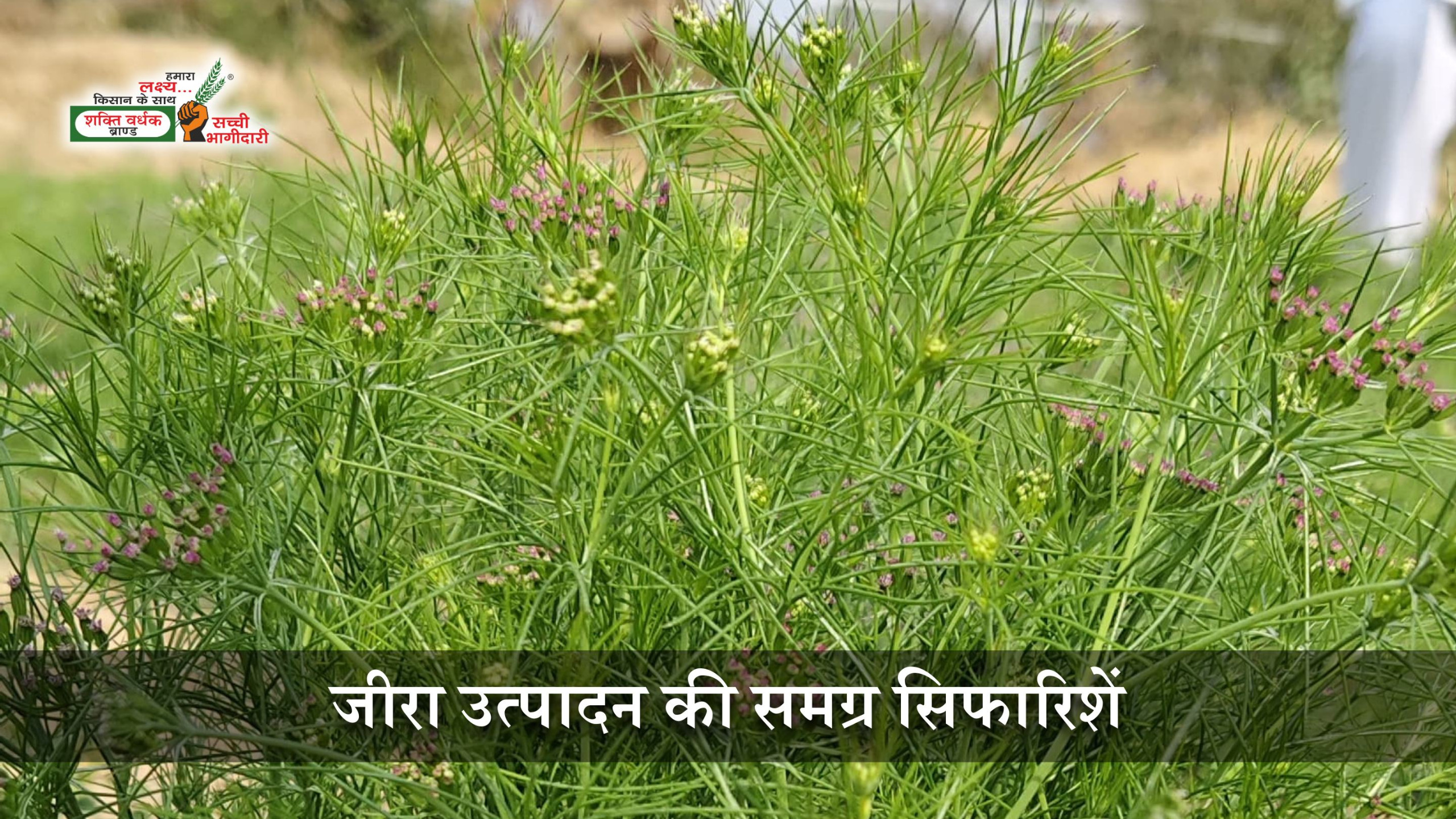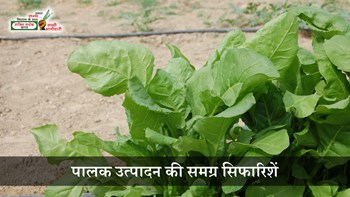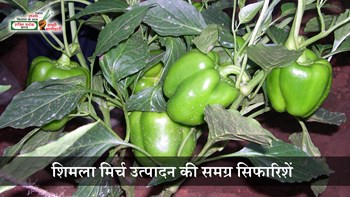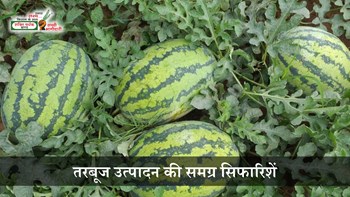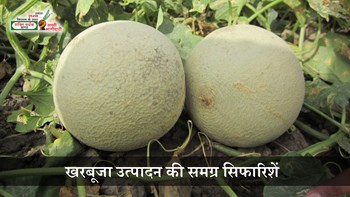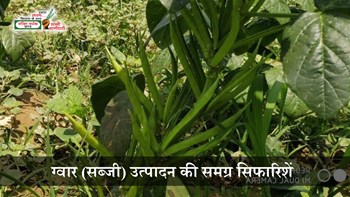Soil Requirements for Cumin Cultivation
Cumin grows well in a variety of soil types, especially loamy and sandy loam soils rich in organic matter. Well-drained soil is ideal for achieving high yield in cumin farming.
Land Preparation
Begin by ploughing the field once with a soil-turning plough, followed by 2–3 harrowings using a tractor. Mix well-decomposed farmyard manure (FYM) into the soil for better fertility.
Sowing Time
The optimal sowing window for cumin is from mid-October to mid-November.
Seed Rate
Use 4–5 kg of high-quality treated seeds per acre to ensure healthy crop establishment.
Sowing Method
Avoid broadcasting the seeds. Instead, sow cumin seeds in rows maintaining a spacing of 30 cm between rows and 10 cm between plants. Soak seeds in water 8 hours prior to sowing to promote better germination.
Fertilizer Management
-
Apply 10 tons of well-decomposed FYM at least three weeks before sowing.
-
At the time of sowing, apply:
-
15 kg Urea
-
50 kg Single Super Phosphate (SSP)
-
-
After 30 days of sowing, apply an additional 10 kg of Urea per acre.
Irrigation Schedule
To ensure uniform germination, provide a light initial irrigation to keep the soil moist. Since cumin seeds may take up to 20 days to germinate, irrigate at 30-day intervals. Reduce irrigation during the crop maturity stage to avoid seed spoilage.
Harvesting
Harvest the crop when the plants turn yellowish-brown. Harvesting should ideally be done in the early morning. After harvesting, allow the crop to dry in the field in upright bundles for about one week, then proceed with threshing.
Plant Protection Measures
Diseases:
-
Blight: Spray 200 gm of Mancozeb (Dithane M-45) in 120 liters of water per acre.
-
Wilt (Ukta): Spray 400–500 gm of Carbendazim or Kitazin in 200 liters of water per acre.
-
Powdery Mildew: Mix 400 gm of soluble sulfur in 200 liters of water and spray after seedling emergence.
Pest:
-
Aphids (Sucking Pest): Spray 400 ml of Monocrotophos in 200 liters of clean water per acre.
